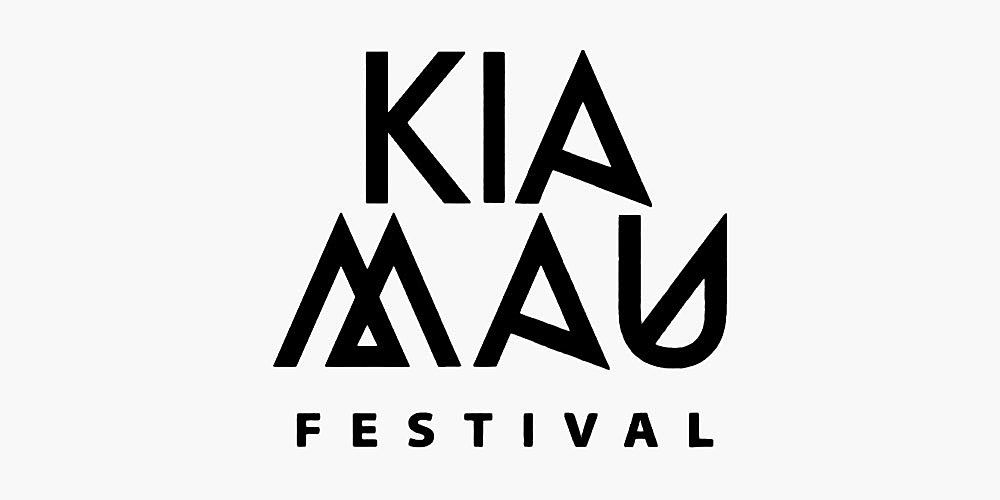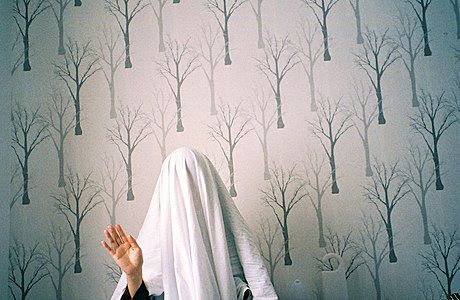The Unheard Scream: A Review of Windigo
Returning to her grandmother’s home in the Lac Seul Reserve in northwestern Ontario, Canadian choreographer of mixed Oji-Cree and settler heritage Lara Kramer confronts a latent war lurking under the surface. Madeleine De Young reviews.
Returning to her grandmother’s home in the Lac Seul Reserve in northwestern Ontario, Canadian choreographer of mixed Oji-Cree and settler heritage Lara Kramer confronts a latent war lurking under the surface. Madeleine De Young reviews.
Two men and a woman sit on mattresses. It’s still. Quiet. The air is filled with a quiet crunching – reverberating atmospheric noise. The fill of the outside world. Rain drops. Breath. Rustling. The occasional far off chirp of a bird. The atmosphere is empty – forgotten. The light is dim. It’s messy – there’s a big pile of clothes and other random junk to one side. Plastic. You’re somewhere where people don’t stop to check that you’re okay. Where people don’t speak at all. Where actions are rough and deliberate and violent.
Windigo is 60 minutes of dark expression. In the playnotes it’s described as a scream.
The vibrant echo of a long history of human ransacking and destruction, a violation of a land and its culture.
– Playnotes
I wait for the scream – for something to begin to “happen”, a rupture of some form. The woman moves off, shifts over to a computer on the left hand side of the room. The men get to work. Shredding, stuffing, manipulating the mattresses. It’s underwhelming – you feel more upset for the destruction of the mattress, a waste of an essential symbol of comfort. I realise the scream isn’t coming because it’s not that kind of scream. A loud scream is a privilege. The screams of this story are those that aren’t heard. That are refused to be heard. It’s a scream that is scorched deep into the fabric of Turtle Island - the whenua Windigo was born from. It’s the scream of the thousands of First Nations, Metis, Inuit and 2SLGBTQQIA people missing and murdered in Settler Canada. It’s a government issued scream - a boring scream. A scream acknowledged in an executive report issued just last month.
‘The fact that this National Inquiry is happening now doesn’t mean that Indigenous Peoples waited this long to speak up; it means it took this long for Canada to listen.’
– Executive Summary of the Final Report: National Inquiry into missing and murdered Indigenous women and girls.
Part of Canada’s Truth and Reconciliation process, the National Inquiry into Missing and Murdered Indigenous Women and Girls was established in 2016 with a broad mandate to look into and report on the systemic causes of violence against Indigenous women and girls in Canada. At a minimum, over 300 cases of unresolved missing and murdered Indigenous women and girls are known at present from the last 50 years. In the report it’s described as genocide. A race based genocide against Indigenous peoples targeting women predominantly,
“empowered by colonial structures, evidenced notably by the Indian Act, the Sixties Scoop, residential schools, and breaches of human and Inuit, Métis and First Nations rights, leading directly to the current increased rates of violence, death, and suicide in Indigenous populations.”
– Executive Summary of the Final Report: National Inquiry into missing and murdered Indigenous women and girls (p. 1)
Residential schools. Uplifting of tamariki. Sterilisation of women. Murders judged to be suicide by police. Police inaction. Police racism. Wrapped up in official documentation, the rough reality of their experiences have been sanitised – packaged for general consumption with lofty goals and yet, no clear path to justice for whānau themselves. The screams of over 2,000 people are recorded in this report – but what happens next?
The men defile the mattresses.
Like land, like women. There’s a link between destruction of land and destruction of women.
Like land, like women. There’s a link between destruction of land and destruction of women. Wherever a pipeline, power plant, mine is built, the numbers of missing and murdered women and children build with them. Migrant workers, in and out – stuffing, manipulating, women and land – land and women. A small child tells monster stories. Innocent and with that stilting sense of joy of a small person babbling on uninterrupted. There are childrens toys amongst the mess. Innocence lost. Women and children are the heart of Indigenous existence – break the women and children, break the people. The violence builds – slowly, methodically, boring, deliberate. Tedious. There is something so habitual about the actions of the men that you can’t help but wait for it to be over.
A fluffy bouncing bunny emerges, saccharine, pink – like candy floss. It’s terrifying. The man holding it circumnavigates the stage, up the stairs, down the stairs amongst the audience. The other man is deep inside his mattress. It ends. Toys wrapped in plastic. A man grinding on a stack of mattresses. Darkness. We wait. The imagery of the last hour searing into mind. We wait. We wait for so long that it feels like the wait will never end. We wait and maybe we’re not supposed to wait this long – or maybe we’re the ones wrapped up in plastic. We wait and then, finally, a spotlight, a bow and it’s over.
In the playnotes we were promised hope – but hope is absent from the work. Windigo leaves you with a cold dread.
Windigo is on 12–15 June 2019 at Bats Theatre, as part of Kia Mau Festival (1–15 June 2019).
Book tickets here.
This piece is presented as part of a partnership with Kia Mau Festival. They cover the costs of paying our writers while we retain all editorial control.



